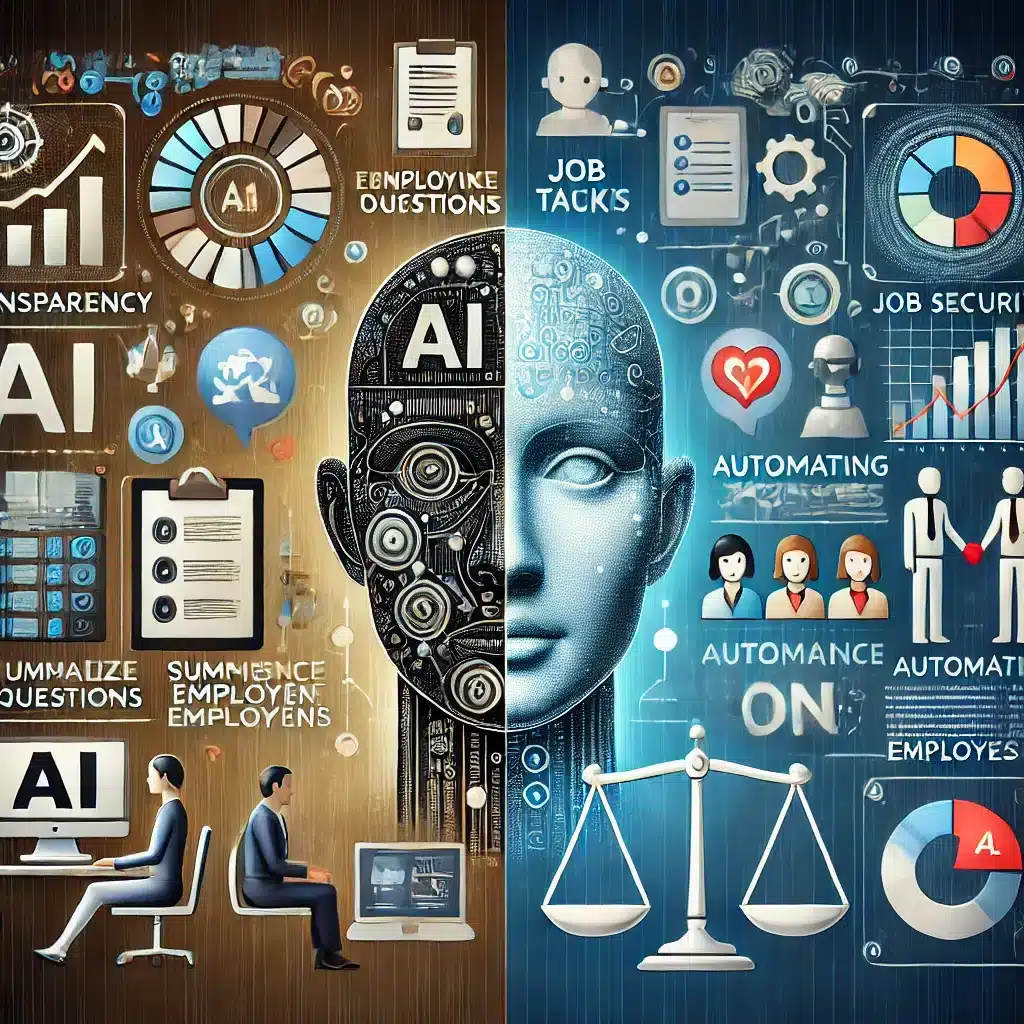The Rise of Generative AI in Cybersecurity
Generative AI is rapidly transforming various industries. In cybersecurity, it stands out as a new frontier for threat detection. IBM’s new AI-powered cybersecurity tool exemplifies this trend. Built to enhance managed threat detection and response services, it aims to accelerate and improve the identification of critical security threats. For more on this, visit AI Business.
IBM’s Cybersecurity Assistant
The IBM Consulting Cybersecurity Assistant autonomously performs tasks like summarizing tickets and running queries. This tool uses IBM’s watsonx data and AI platform and offers real-time insights in a conversational style. Moreover, it can create a timeline of attack sequences, aiding analysts in understanding critical threats better. Consequently, this reduces alert investigation times significantly, empowering security teams.
Generative AI Requires New Computational Approaches
However, the surge in generative AI applications brings challenges. ChatGPT and Stable Diffusion demand immense computational power. Unlike traditional tools, their energy consumption is substantial. According to AI Business, sustainable AI progress will require alternative computing solutions. For instance, decentralized networks and optical neural networks offer promising avenues.
Benefits of Alternative Compute Solutions
Furthermore, decentralized edge computing can harness GPUs in home computers, reducing processing bottlenecks. Optical neural networks use light instead of electricity, minimizing coal dependence. Therefore, these solutions not only cut generative AI’s carbon footprint but also strengthen the industry by moving away from centralized data centers.
A Collective Responsibility for Sustainable AI
In conclusion, for generative AI to scale sustainably, developers must rethink power sources. Embracing decentralized approaches and exploring innovative technologies can mitigate environmental impact. Ultimately, rethinking power infrastructure will allow generative AI to improve lives while protecting the planet.



